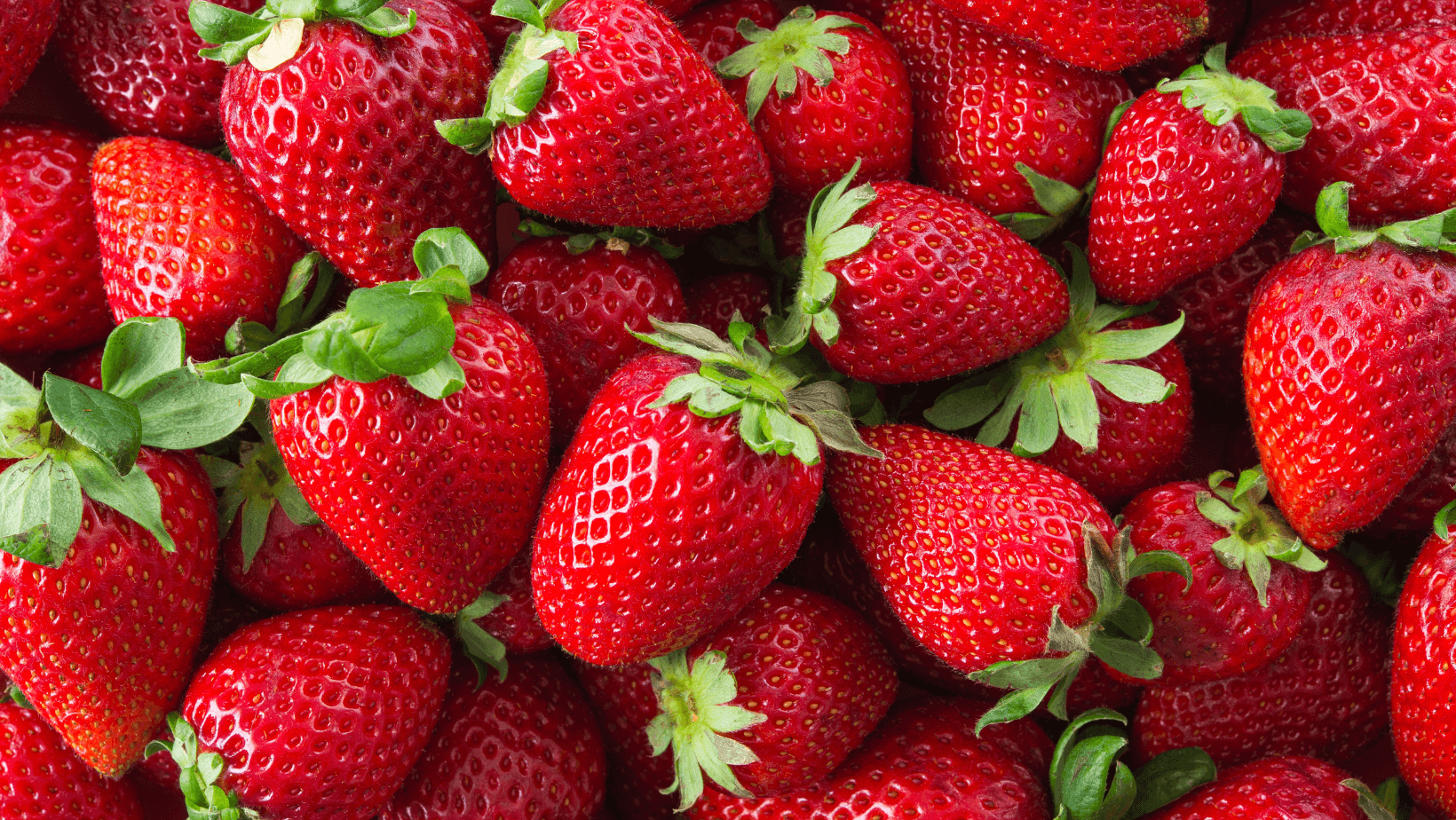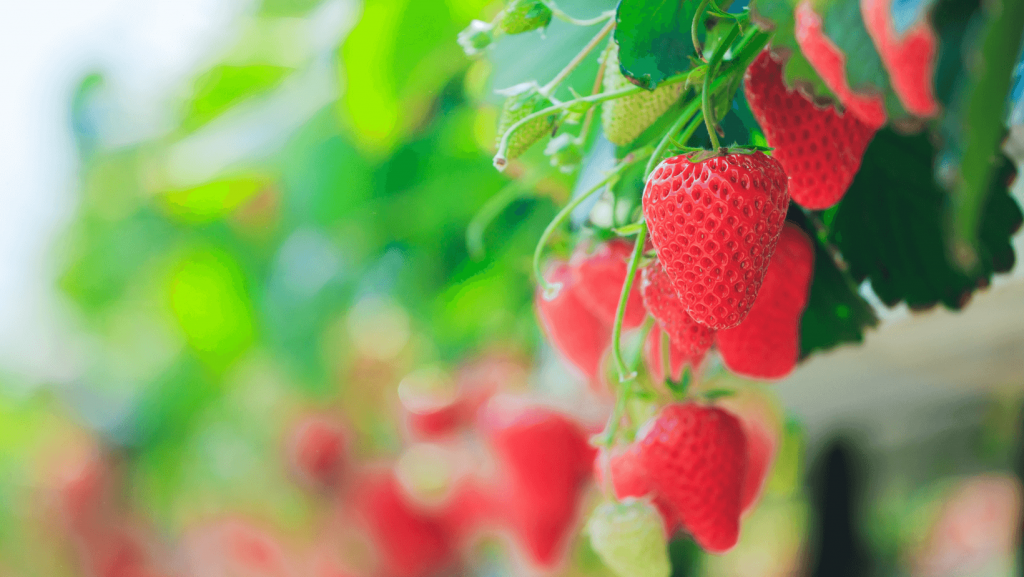
Strawberry Science
Strawberries belong to the Rosaceae family, which places them in the same family as roses. Botanically, the strawberry fruit is considered an “accessory fruit” and it’s not a true berry. The flesh consists of the enlarged flower receptacle which is embedded with the true fruits, or achenes. The achenes are commonly confused for seeds and are popularly referred to as such.
Wild strawberries have been consumed for millennia. But the cultivated large-fruited strawberry – the dominant commercial variety – originated in Europe in the 18th century. During the 19th century, many countries developed their own varieties which are often especially suitable for the climate, altitude, day length, or type of production required in the particular region.
The strawberry is considered one of the easiest fruits to grow, as it’s able to succeed in a surprisingly wide range of soils and situations. It also has a low fertilizer requirement compared to other horticultural crops. However, it is susceptible to drought and thrives most when grown in moisture-retaining soil or provided irrigation by furrow or sprinkler.

Nutritional Benefits
Strawberries are one of the earliest fruits to ripen in the spring. Their harvest season is fairly short at around three weeks, so it’s important to harvest them quickly. The sugar in the fruit converts to starch quickly after they’re picked, meaning they’re at their most flavorful when recently harvested.
One of the biggest nutritional benefits of strawberries is the high concentration of vitamin C they contain. A single average-sized strawberry contains 10.5 mg of vitamin C, compared to about 70 mg in an orange. They also have large amounts of other nutrients, including potassium and fiber. Plus, they are relatively low in calories, with about 49 calories per cup.
Perhaps due to their high concentrations of nutrients, strawberries were even prescribed for medicinal purposes in some ancient societies. In ancient Rome, it was believed that they could help with a wide range of ailments, including fainting, inflammation, depression, and fever.

Strawberry Statistics
The United States produces the most strawberries of any country in the world. While they are grown in all 50 states, the largest producer by far is California, which accounts for about 80% of the country’s strawberries. After California, Florida and Oregon are the states that produce the next highest volume.
California’s strawberry-producing regions extend about 500 miles from San Diego to San Francisco. The climate of the region allows the fruit to be grown year-round, which helps contribute to the state’s high level of production. While most of the state’s supply is consumed domestically, 16.3% of California’s crop is exported. The largest importers are Canada, Mexico, Japan, and Hong Kong.
A recent study found that the average American consumes about 8 pounds of strawberries per year. By weight, it was the sixth-highest most-consumed fruit in the country, trailing bananas, apples, grapes, watermelon, and oranges.
Weekly Trivia
Enter your guess to reveal the answer.

